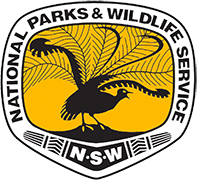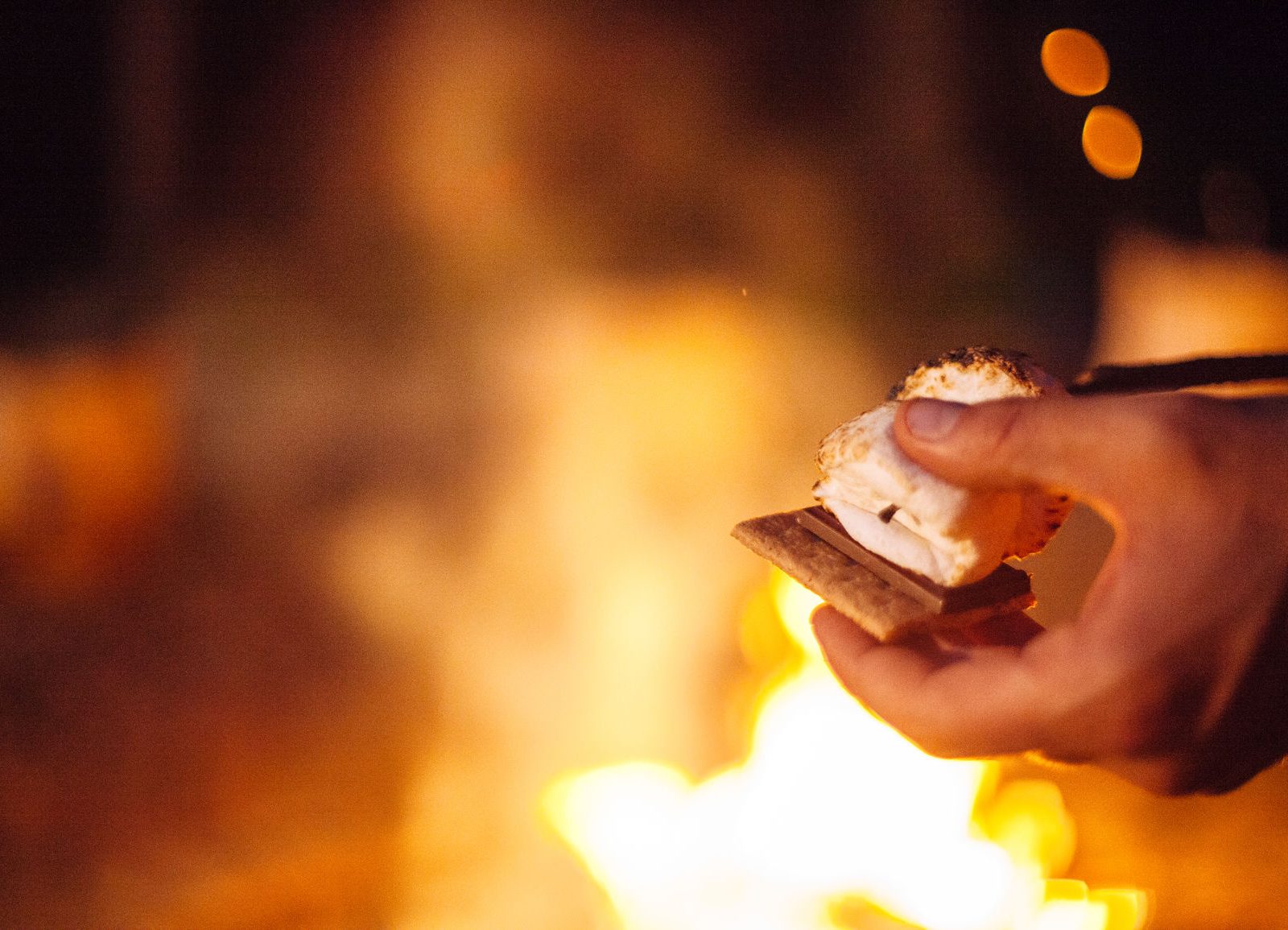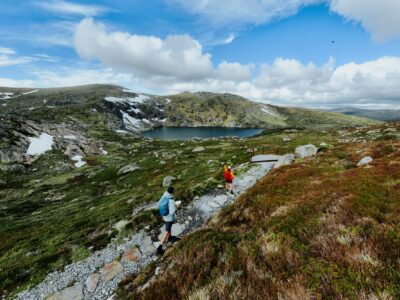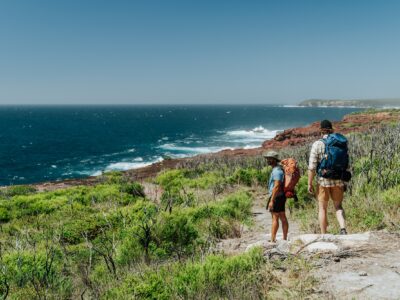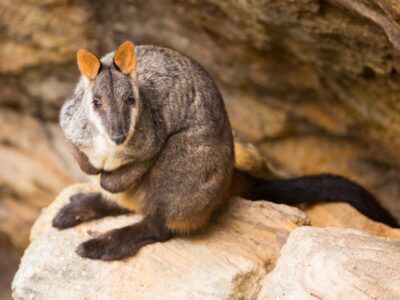Takeaway in the city couldn’t be more convenient, but in the bush you’ve gotta fend for yourself. Don’t despair: with a bit of prep work you could be rustling up the best campfire nachos and succulent snags your friends have ever had.
-
1/6
Suss it out
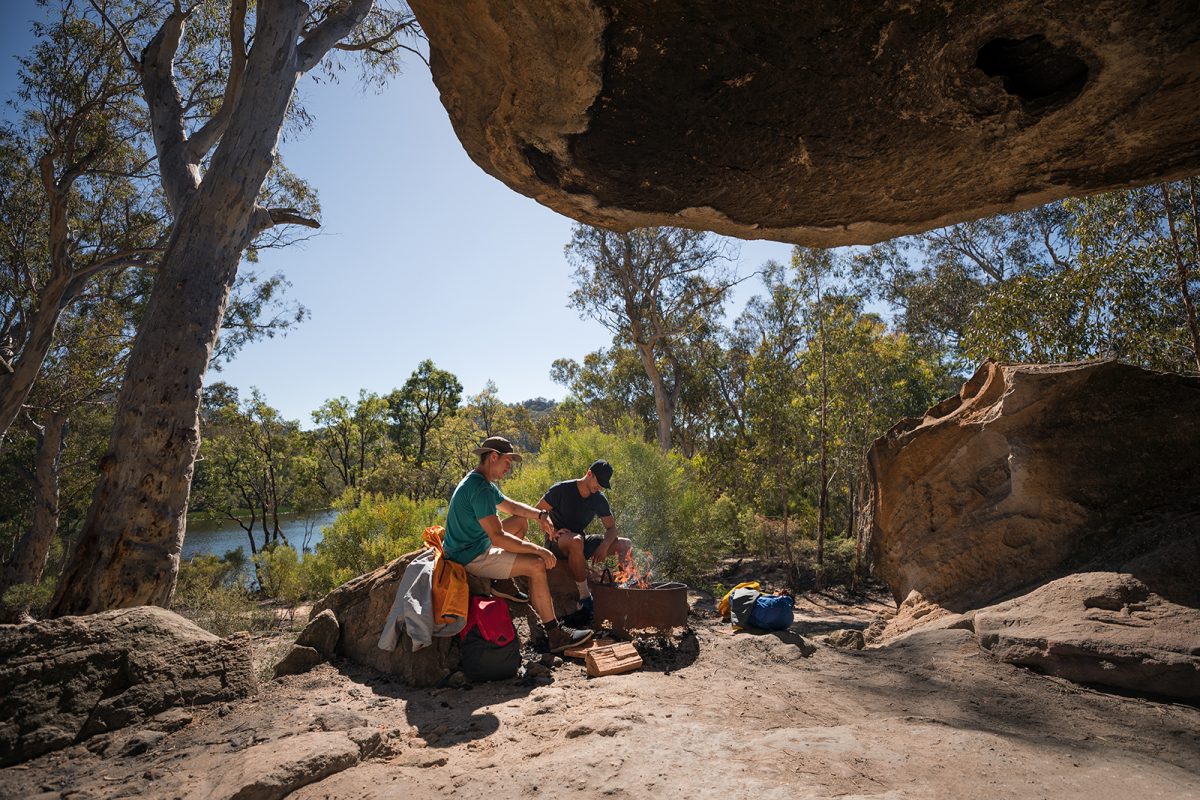 Photo Information
Photo InformationWollemi National Park
Daniel Tran/DPIE (2018)
The last thing you want to do is turn up ready to cook up a feast, only to discover that campfires aren’t allowed. Or worse, you were supposed to bring your own water for cooking and drinking. Be smart and check out what facilities are available before you leave home, and bring a portable gas or electric cooker so you’re totally prepared for any situation. The weather can also massively affect your options when it comes to cooking outdoors, so check the forecast before you go, as well as any safety alerts about the national park you’re visiting.
-
2/6
Prep first, win later
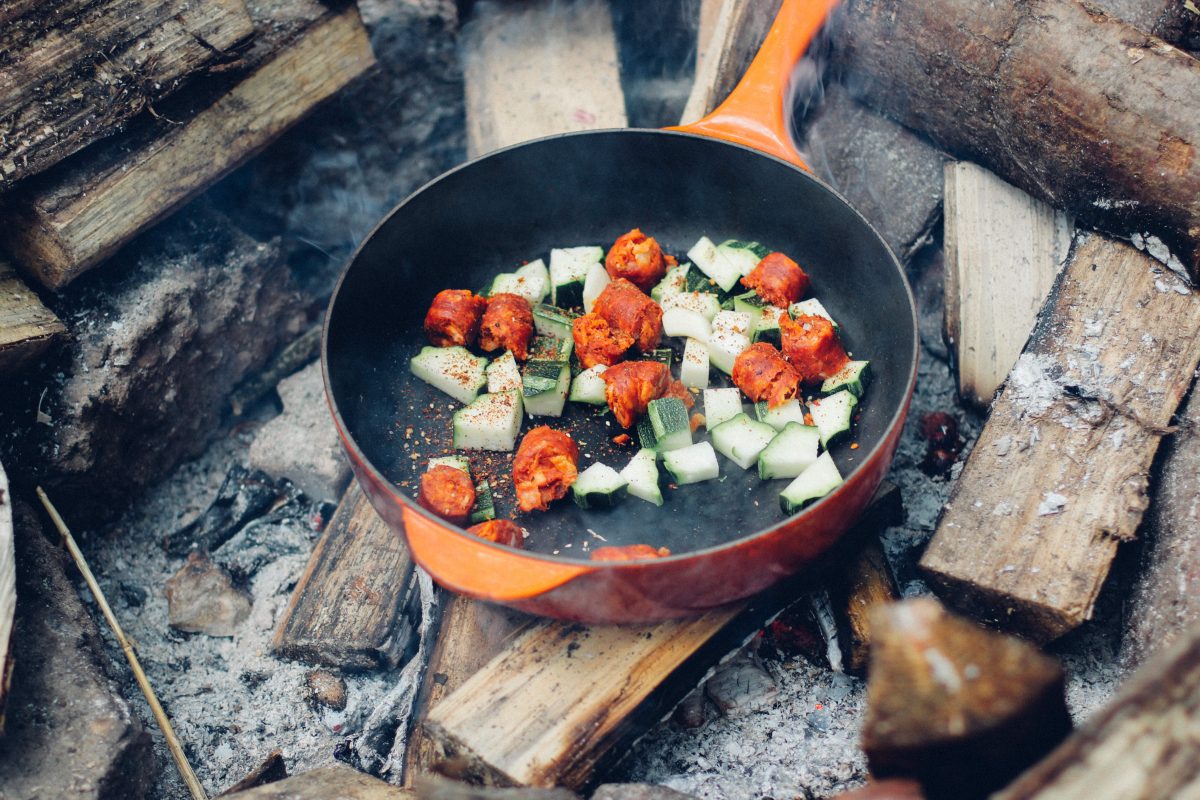 Photo Information
Photo InformationDan Edwards
Chop, marinade and pre-cook as much as you can before you go, so you can spend more time chilling out once you’re there. Choose camp meals that are easy to handle, like skewers or foil wraps. Perishables like meat and dairy will be ok if you store them in an esky in the shade, don’t open the esky too often, and eat that stuff first so there’s less risk of it going off. In a BBQ emergency, you can always whip up a no-cook meal like tinned-bean tacos, hummus and veggie wraps or a pre-made pasta salad. And obviously, always bring marshmallows.
-
3/6
Hold your fire
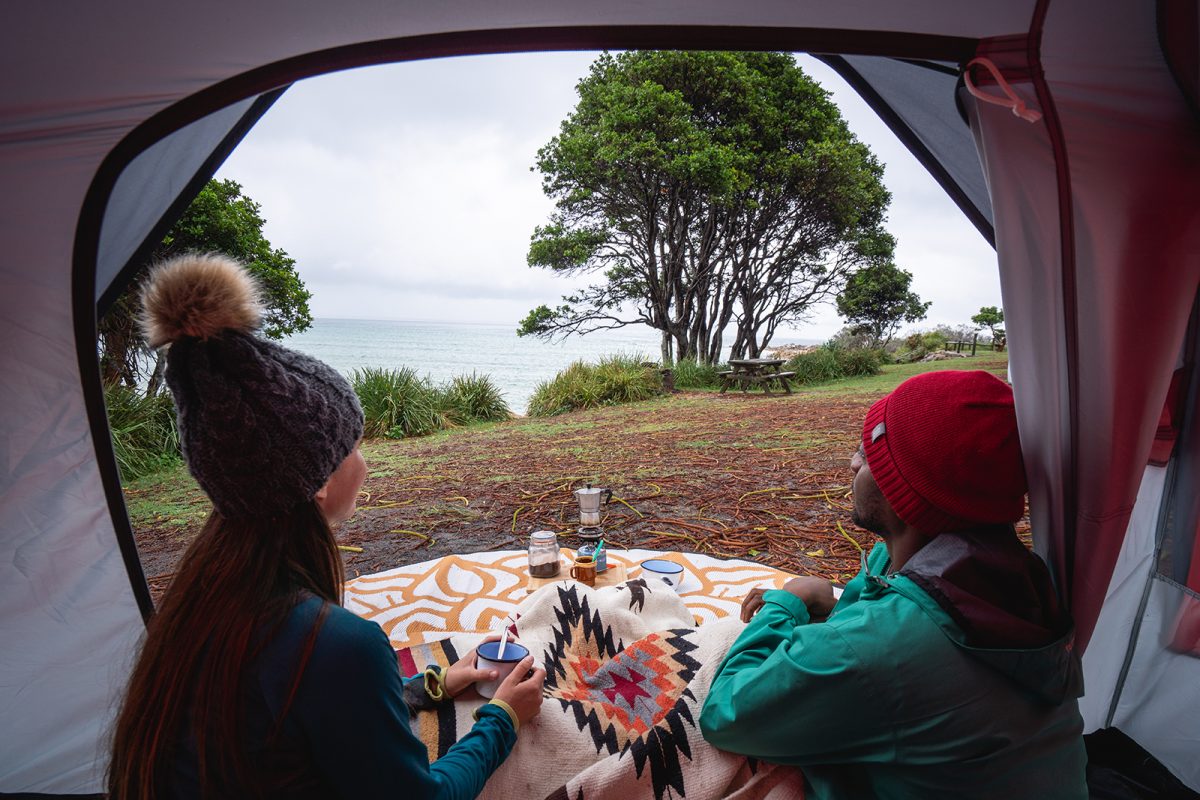 Photo Information
Photo InformationTrial Bay Gaol
Arakoon National Park
Rob Mulally/DPIE (2019)
Open fires usually aren’t allowed in national parks, so it’s a good idea to pack a portable gas or electric cooker, just in case. These beauties are light, easy to use and perfect for cooking when you’re off the beaten track. If you’re taking a generator on your camping trip, just be sure to check whether it’s permitted at the campground first. No matter how you cook, you’ll need to check for any fire bans first and of course follow the safety guidelines. Don’t forget to keep the cooker or generator away from any fuels, dry grass or other flammable materials (including tents and sleeping spaces).
Did you know: All national parks in NSW are no smoking areas. Makes sense, really.
-
4/6
Light my fire
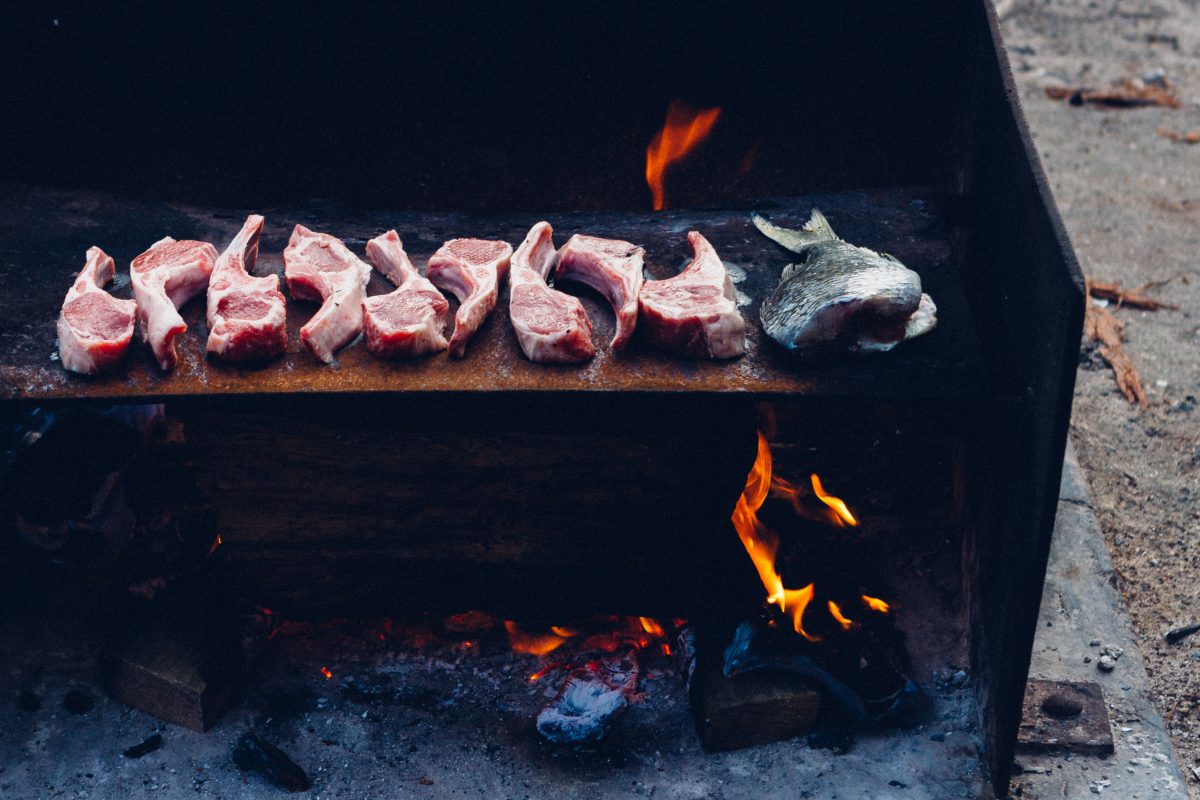 Photo Information
Photo InformationJack Brookes @jackjbrookes
If there’s a fire ring or BBQ at your campground and you’re allowed to light a fire, start by removing the top layer of soil. Then put a few larger pieces of wood on the bottom in a square and add layers of wood in a pyramid, making the pieces smaller and smaller as you go. Place small sticks and leaves at the top, then light them up and blow gently on the sparks until they catch. Take a moment to celebrate: you’ve just achieved a primal goal. But remember, campfires are serious hazards, so keep it small and have a bucket of water (or two) on hand so you don’t have to worry about things getting out of control.
Tip: Even if you’re a camping pro, you should make life easy for yourself by bringing a lighter or matches in a waterproof, resealable bag.
-
5/6
Good food, good vibes
 Photo Information
Photo InformationUnsplash
Next up, the food. Skewer those hot dogs, butter that fresh fish in foil, and string up those veggie kebabs. It’s not hard to make a nice hot meal in the wilderness. Soon, you’ll be tucking into a delicious dinner under the stars, probably to the sound of a clumsy rendition of ‘Wonderwall’. Afterwards, it’s time to break out the marshmallows. Before you settle in for some bad campfire stories, pack up all your food so it doesn’t attract wildlife and put all your rubbish in a bag to take with you.
-
6/6
Be a camping ninja
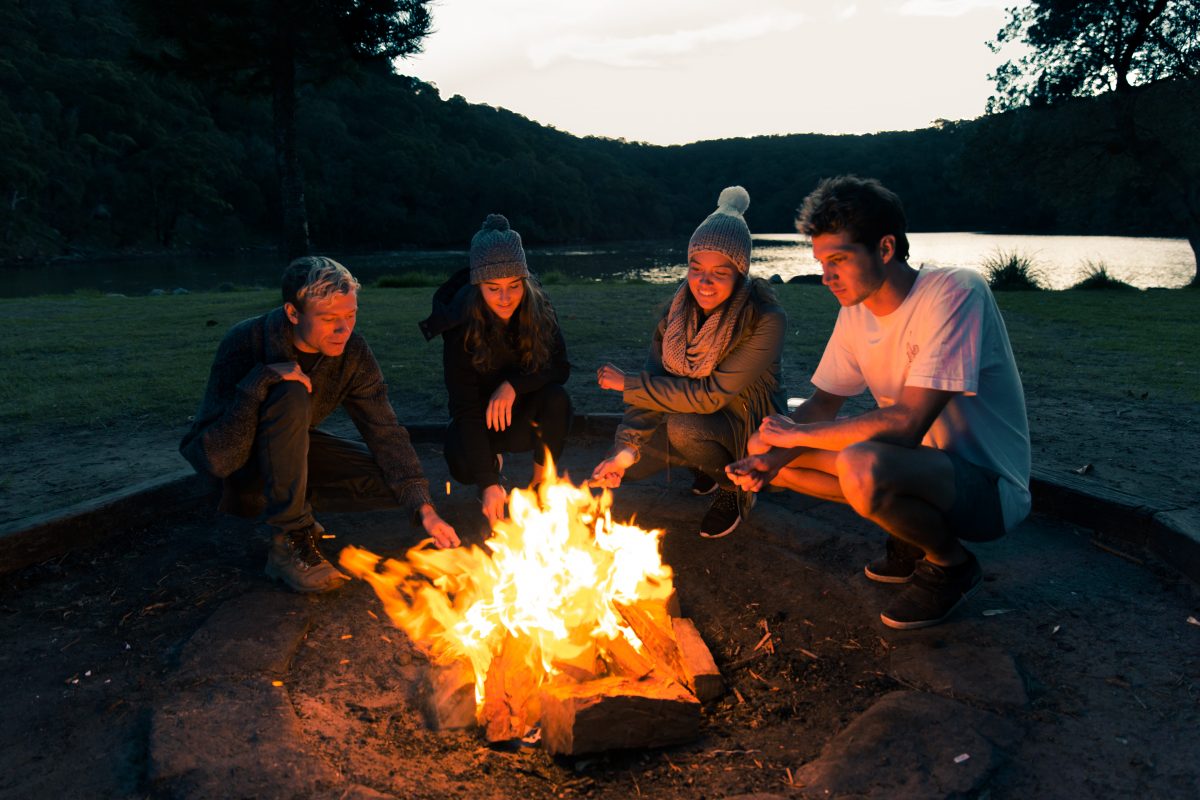 Photo Information
Photo InformationAround the permitted open fire pit in The Basin.
Ku-ring-gai Chase National Park
Tim Clark / DPE
When you leave the campground, it should look like you were never there. Make sure the fire is fully extinguished with water and dirt, and really mix it in to remove any residual heat. Try to avoid doing this just before you go to bed or head off, so there’s plenty of time to make sure it’s definitely out. Then scatter the ashes and replace the top layer of soil, ready for your next meal. It goes without saying that you shouldn’t burn rubbish in the fire. Fire doesn’t destroy things like foil and can release toxic gases. So, just no. And finally, take all your rubbish with you, so you leave no trace.
Tip: It’s a good idea to download the Fires Near Me mobile app to get fire safety information on your phone, especially in summer.
